Loch Long (work in progress)
My father grew up on the banks of the Loch Long, in the shadow of the Cobbler, a prominent mountain overlooking Arrochar. Once a destination, Arrochar is where Samuel Taylor Coleridge parted company with William and Dorothy Wordsworth when the summer rain cleared, after dining and admiring the peaks.
The author and broadcaster Alastair Borthwick described it as, ‘an outpost among resorts dotted about the Firth of Clyde to cater for the week-ends and the summer holidays of Glasgow’, in Always a Little Further, a classic tale of mountain climbing, published in 1939. This was the Arrochar my father knew brought to life with tourist-filled steamers and buses. I can remember a few tour buses full of pensioners from my childhood but there is only one shop in Arrochar now. The Cobbler still sees a lot of visitors but scarcely any of them make it the short distance to Arrochar.
My grandfather was an armament engineer and worked at the torpedo range on the loch from 1927-66 apart from a short secondment to Hong Kong prior to WWII. The range was a hub of activity during the war years. Up to 62 torpedoes were fired per day. Local men and women from Arrochar were deployed as part of the war effort to retrieve them. It’s quiet now, with just the remains of a few long lost torpedoes resting peacefully on the loch’s bed and the home of the UK nuclear weapons programme downstream.
We visited my grandfather every summer and swam in the same place, to the left below the range and away from the fences. The water was very cold. I can remember my father’s routine to ease himself in. He was a strong swimmer. I photographed the loch and its enclosing landscape and used the images to create cyanotypes, an early photographic technique that is blue in colour and which fitted the landscape and my grief. My father had recently passed away. The prints are testimony of the water, still, calm, mirrored, rippled and choppy.
I wanted to investigate the loch as a body. I worked directly on the shore and made a series of visceral lumen prints placing seaweed, stones and seawater directly onto photographic paper, recording the interaction between the materials, paper and environment. I also collected plant material from the loch’s surrounds and attempted to tone my cyanotypes. I was successful with acorns. I have started writing, recording new and old memories, stories and impressions of the land.

Loch Long 1, cyanotype

Loch Long 2, cyanotype

Loch Long 3, cyanotype

Loch Long 4, cyanotype

Loch Long 5, cyanotype

Seaweed 2, lumen print
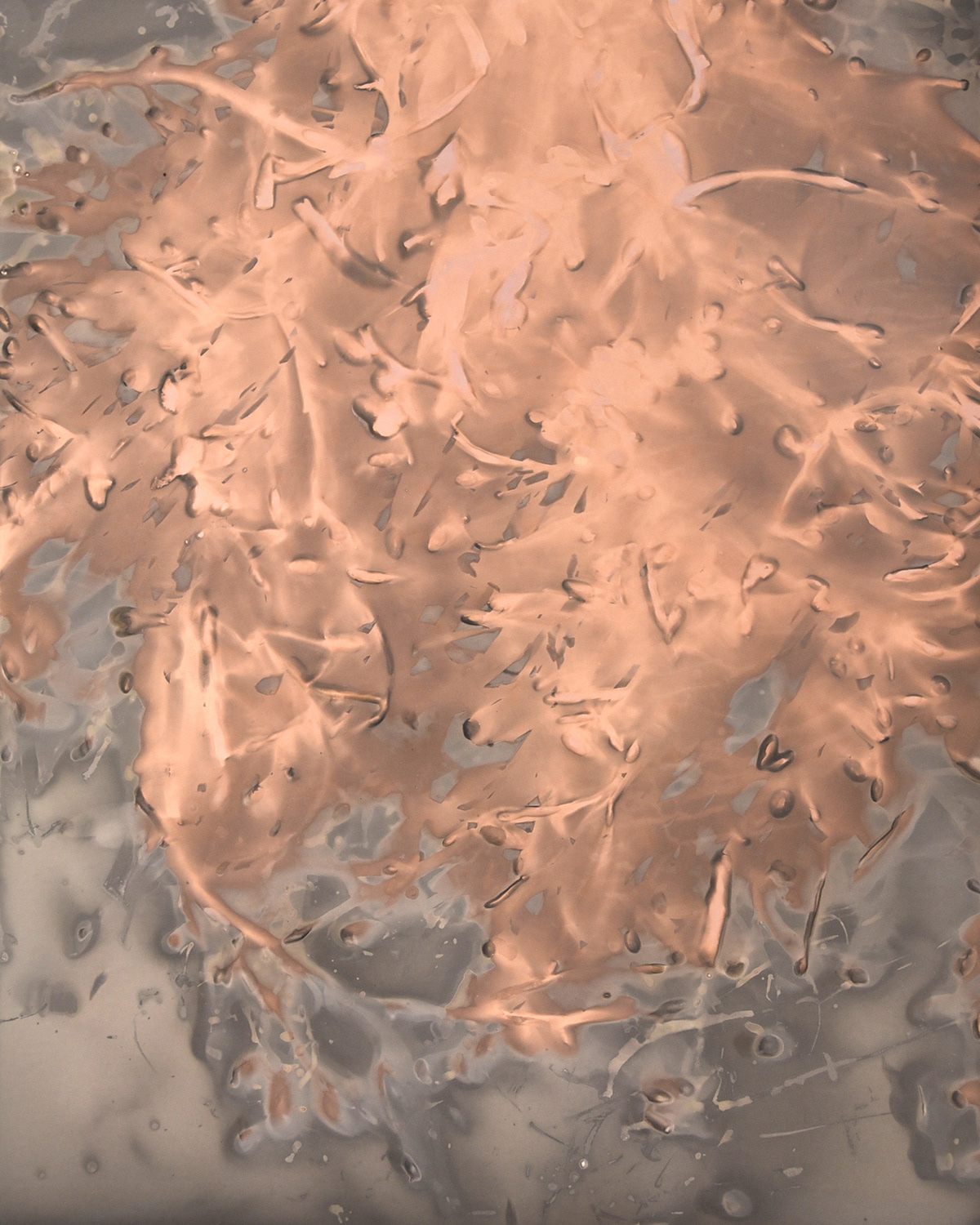
Seaweed 1, lumen print
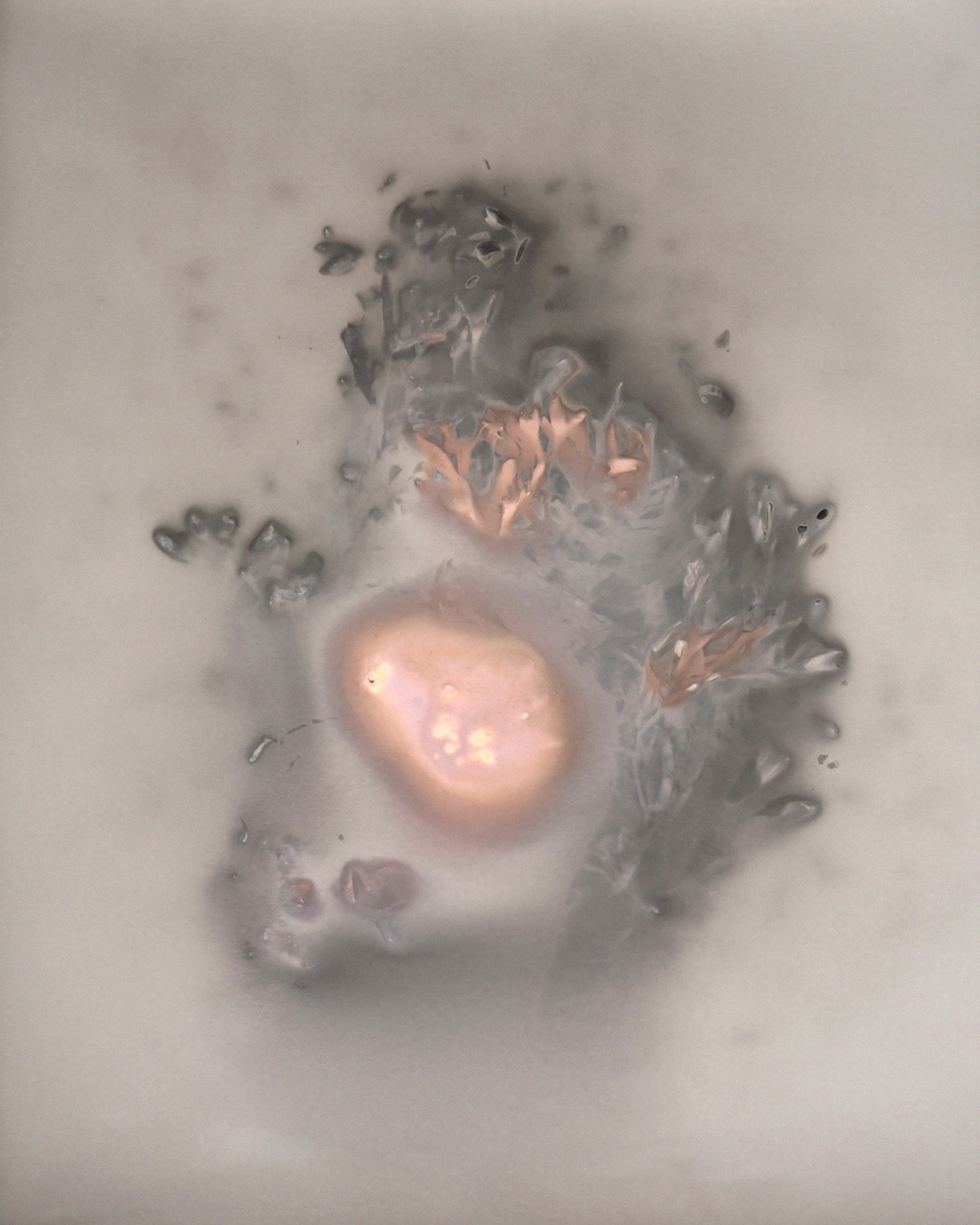
From the shore 1, lumen print
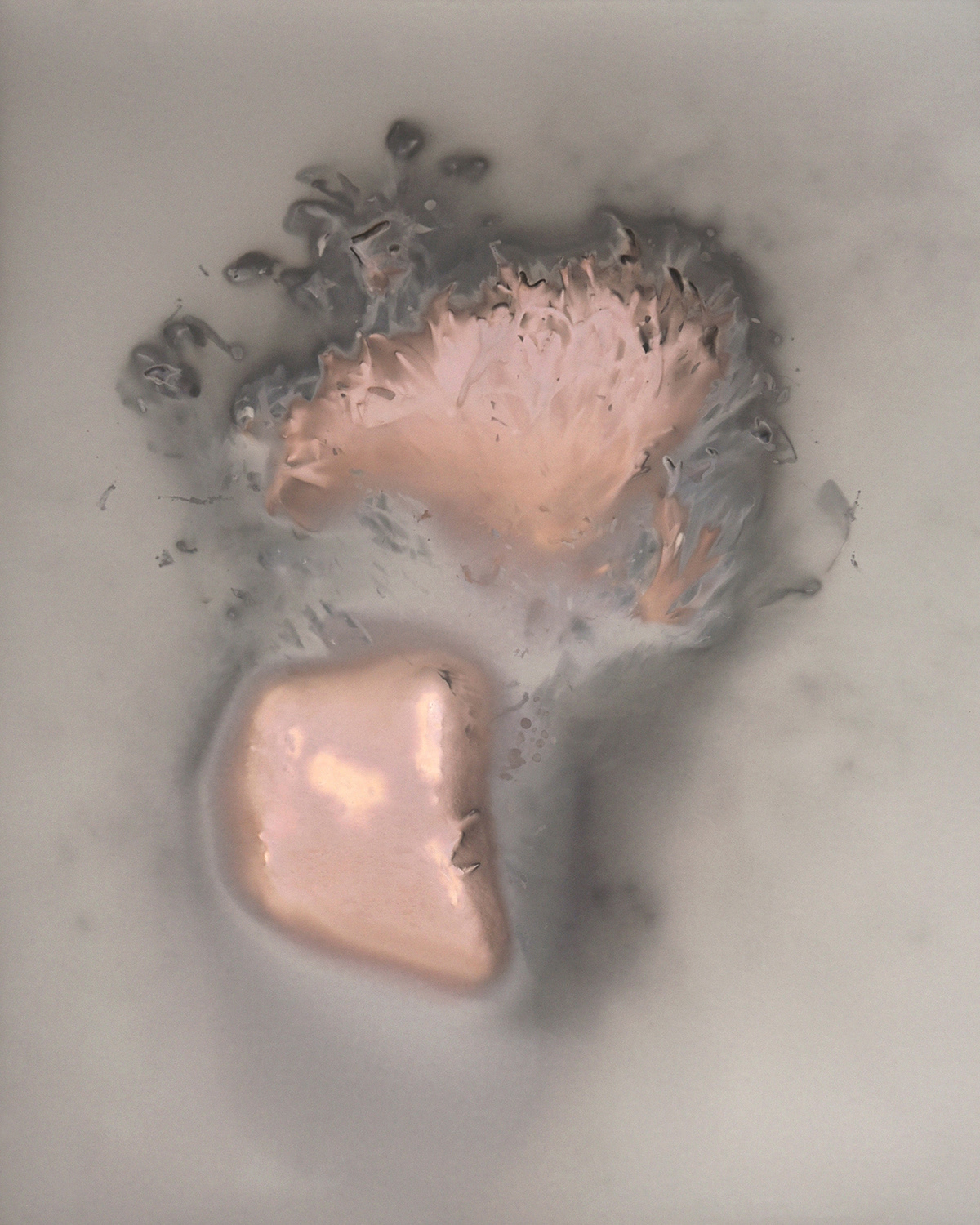
From the shore 2, lumen print

From the shore 3, lumen print
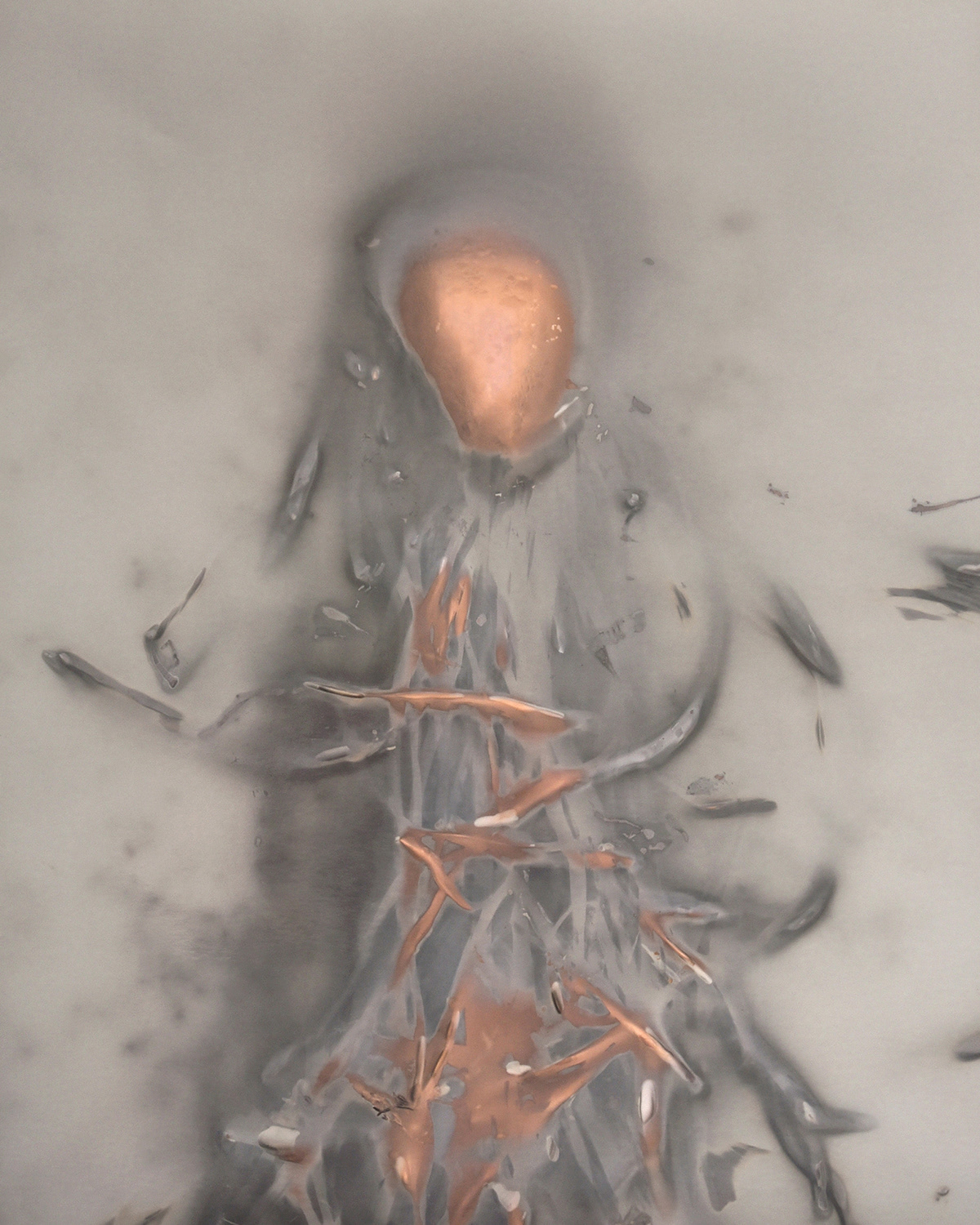
From the shore 4, lumen print

From the shore 5, lumen print

Seaweed and stone, lumen print
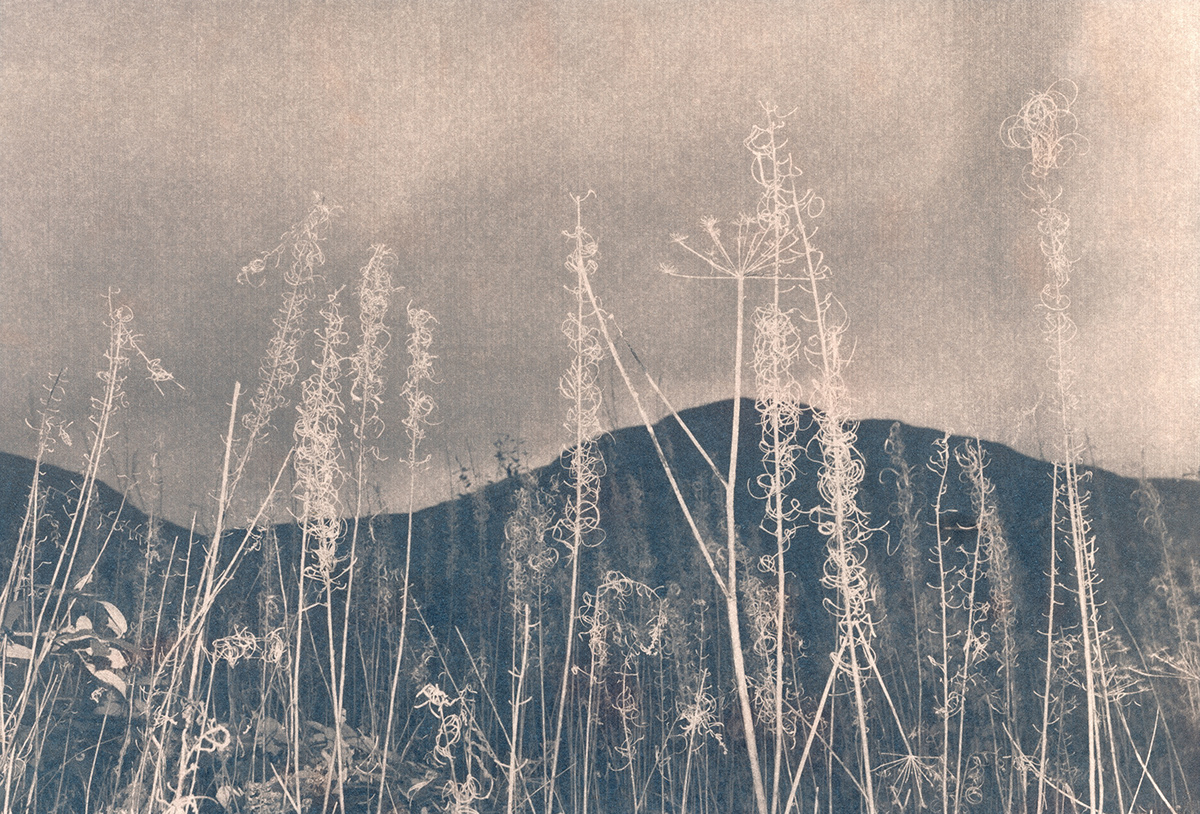
The range, cyanotype toned with acorns
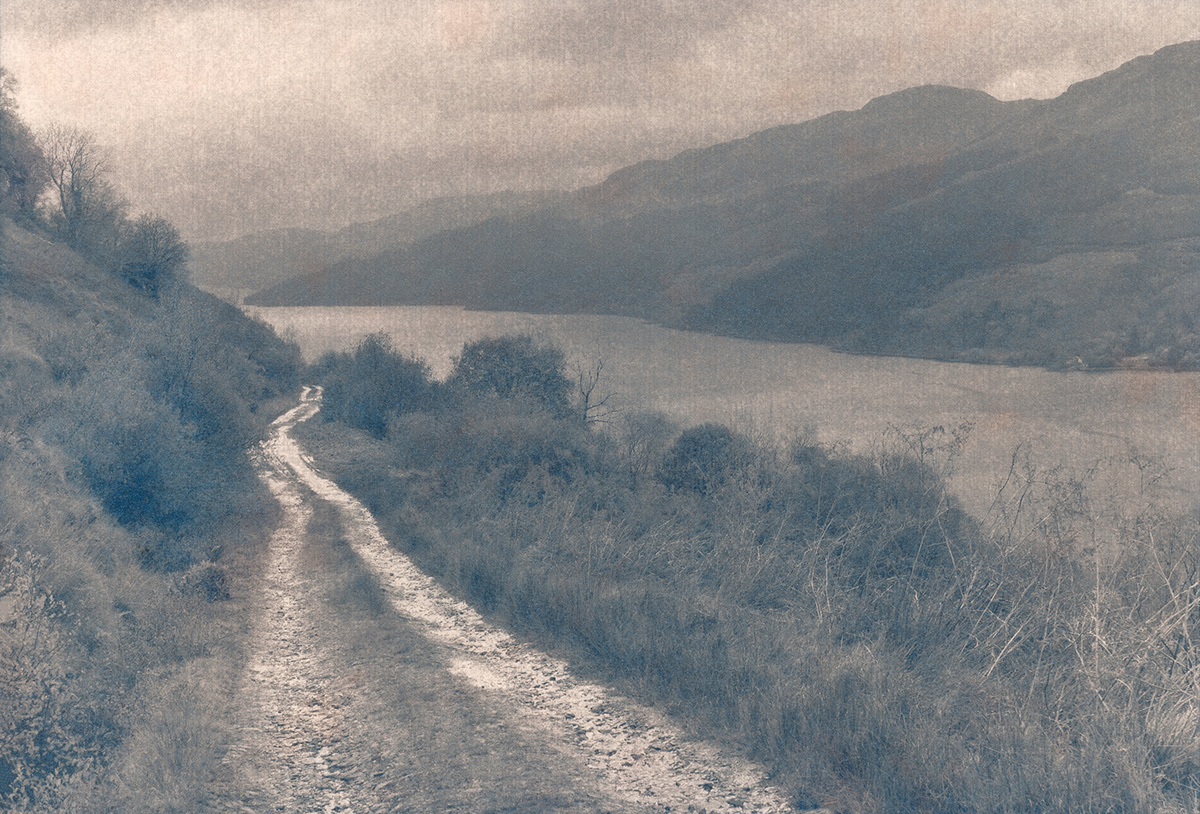
Loch Long, the three lochs way, cyanotype toned with acorns

Little house, Ardgartan forest, cyanotype toned with acorns

Arrochar, cyanotype toned with acorns
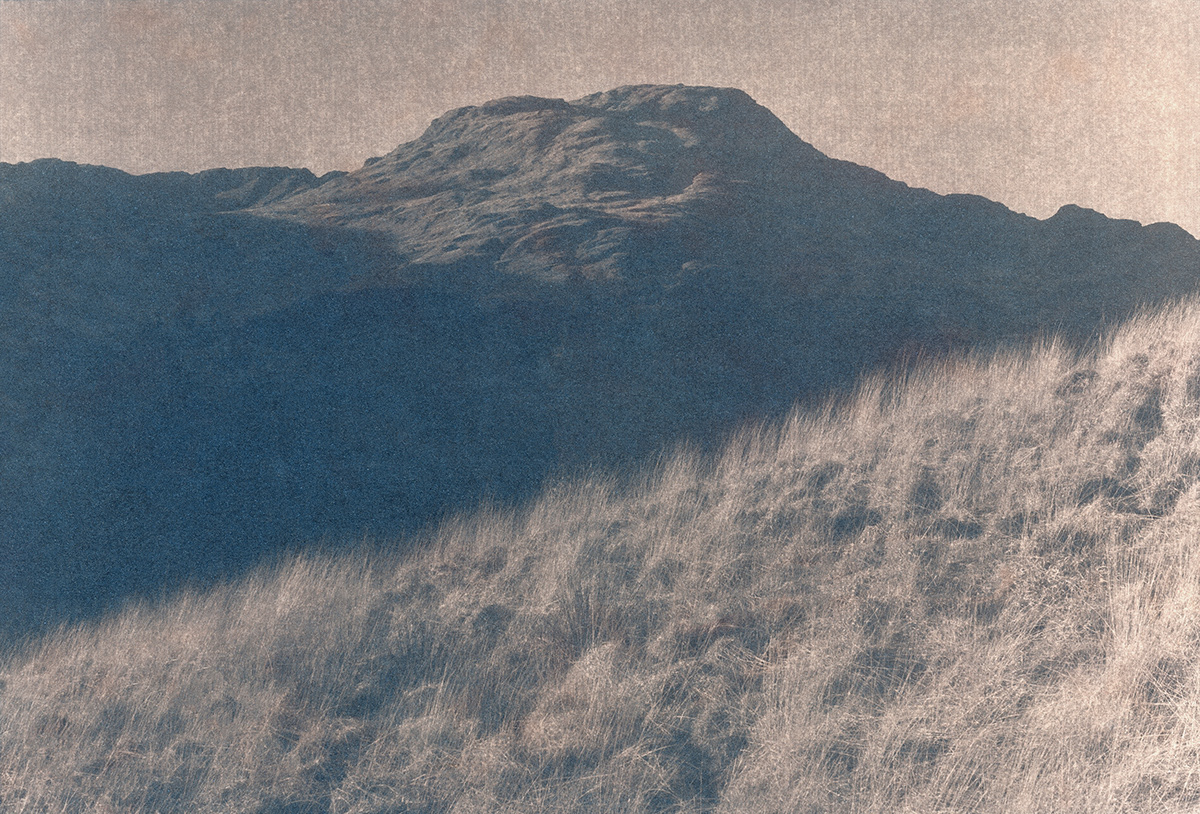
Cruach Tairbeirt, cyanotype toned with acorns
